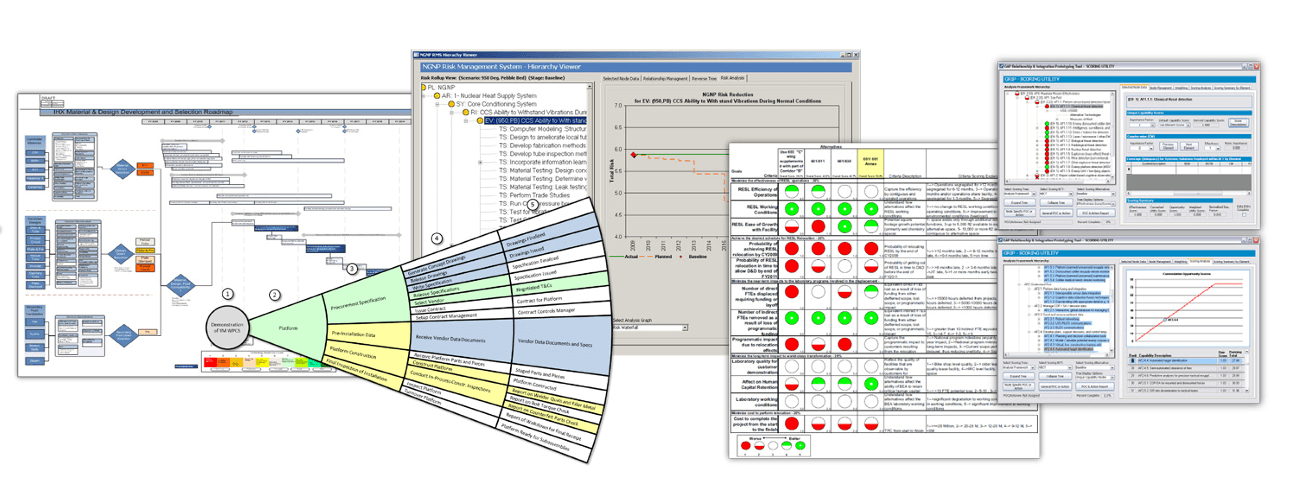Systems Engineering & Integration
About
Systems Analyses and Integration (SA&I) develops innovative solutions to a wide range of complex challenges. Its unique mix of mission analysis, requirements management, integration, decision analysis, and roadmapping expertise ensures:
- Customer needs are understood and project requirements are identified and validated throughout the project life cycle
- Viable solutions are developed and integrated to satisfy expectations
- Potential impacts of technical and program risk are minimized
SA&I delivers independent, objective results to ensure a system-wide perspective is considered for use in establishing budgets, planning and executing projects, and increasing the probability of project success.
Core Functions
SA&I has decades of combined experience applying systems principles in the DOE, DOD, NASA, and private sector. The seven core SA&I functions applied at the INL provide the structured approach and technical analyses necessary to ensure the systematic, risk-informed management of R&D, programmatic, and operations activities.
The seven core functions are:
- Mission Analysis & Planning
- Requirements Management
- Risk Management
- Alternatives Analysis & Trade Studies
- Technology Readiness Assessment & Roadmapping
- Systems Integration
- Verification & Validation
Benefits
The application of SA&I functions offers several benefits for INL projects, R&D activities, and operations, such as:
- Clear understanding of customer challenges and requirements
- Analysis and down-selection of preferred solution(s)
- Improved integration and collaboration
- Focused R&D toward technology maturity
- Basis for defensible, risk-informed decisions
- A higher probability of overall project success
Factsheets
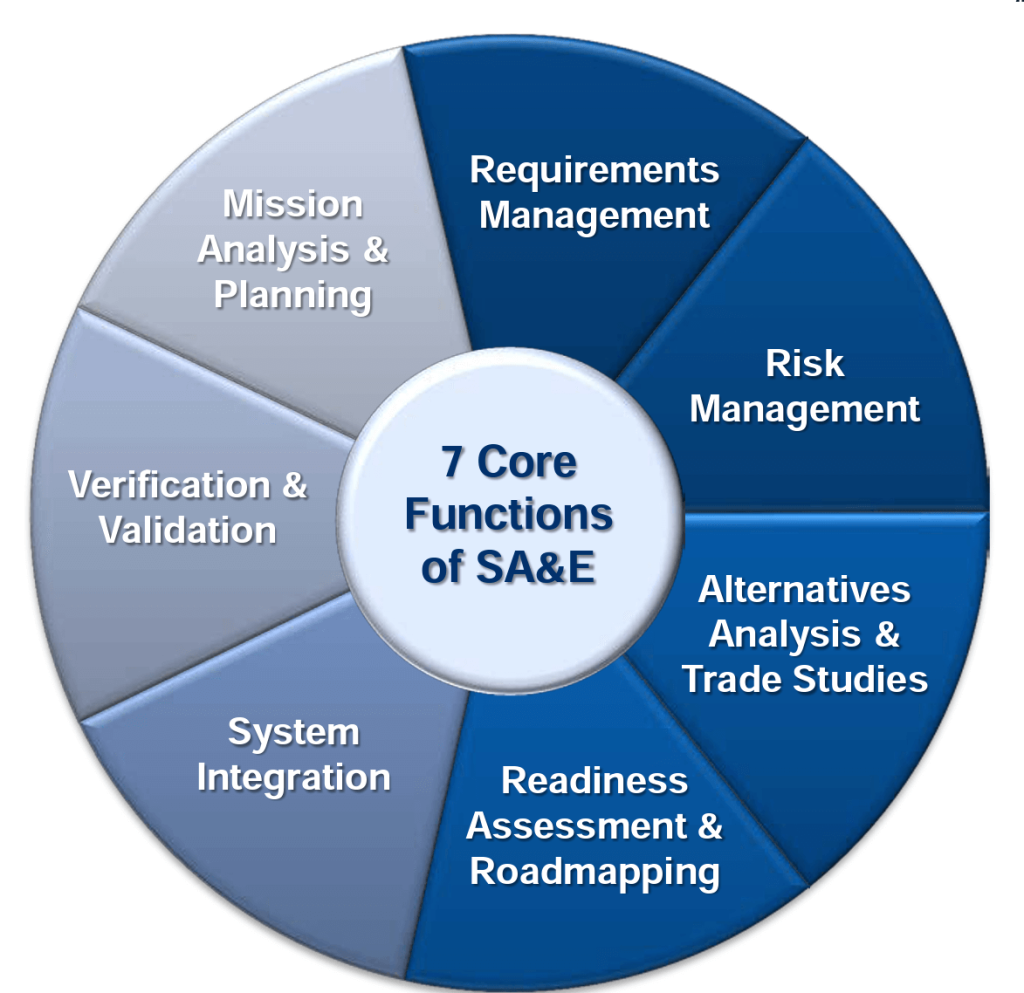
SE Core Functions
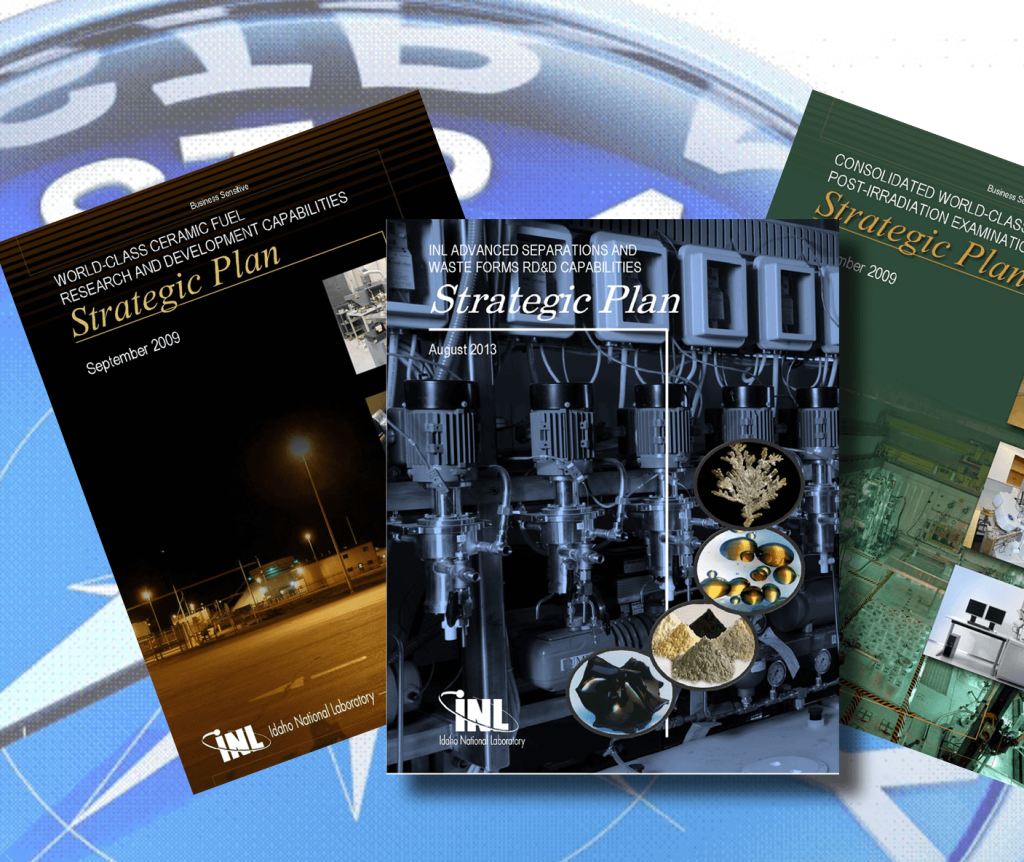
Mission Analysis & Planning
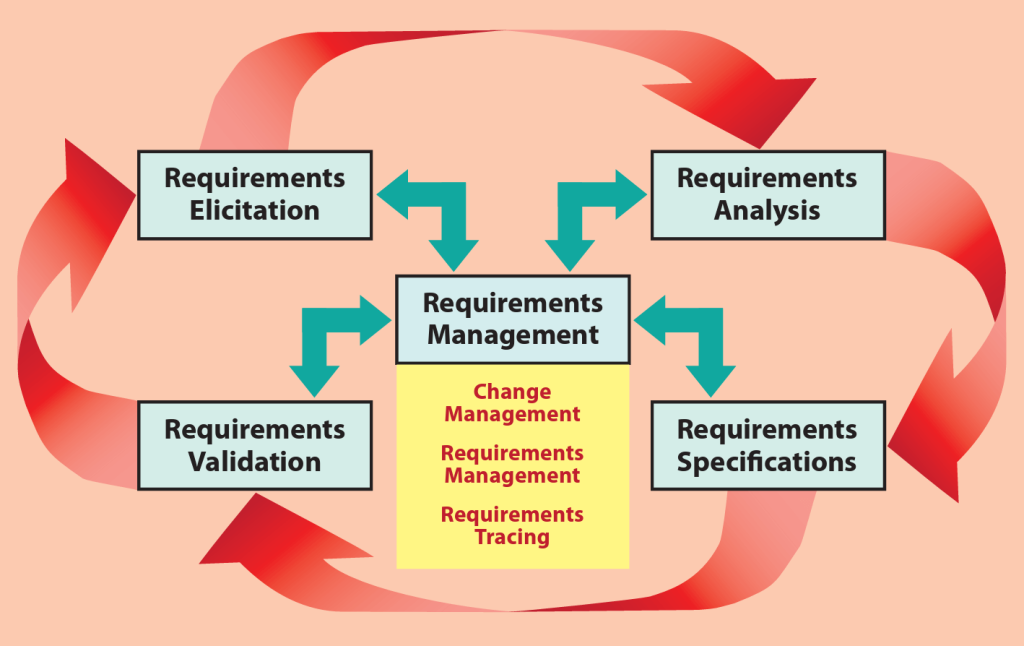
Requirements Management
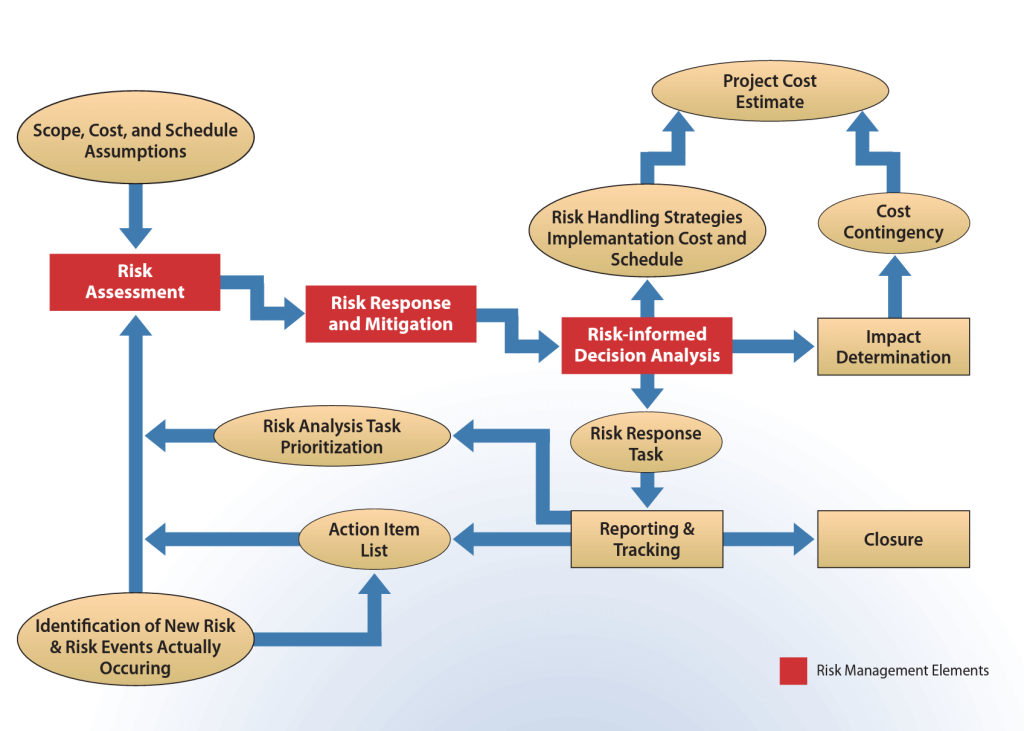
Risk Management
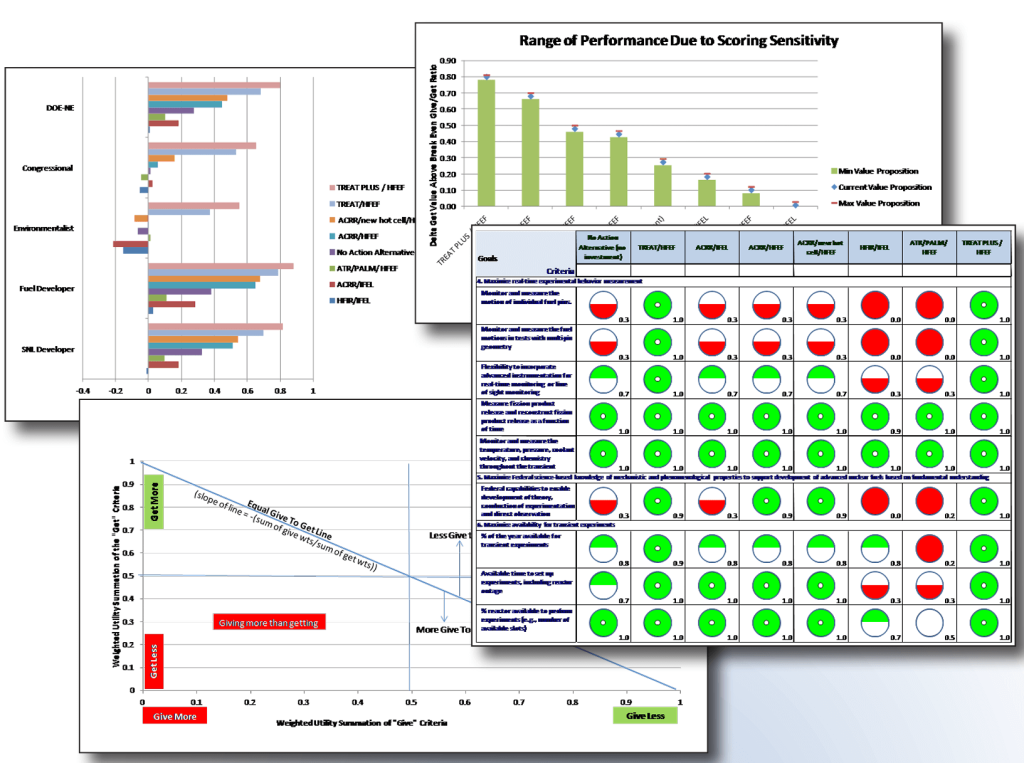
Alternatives Analysis & Trade Studies
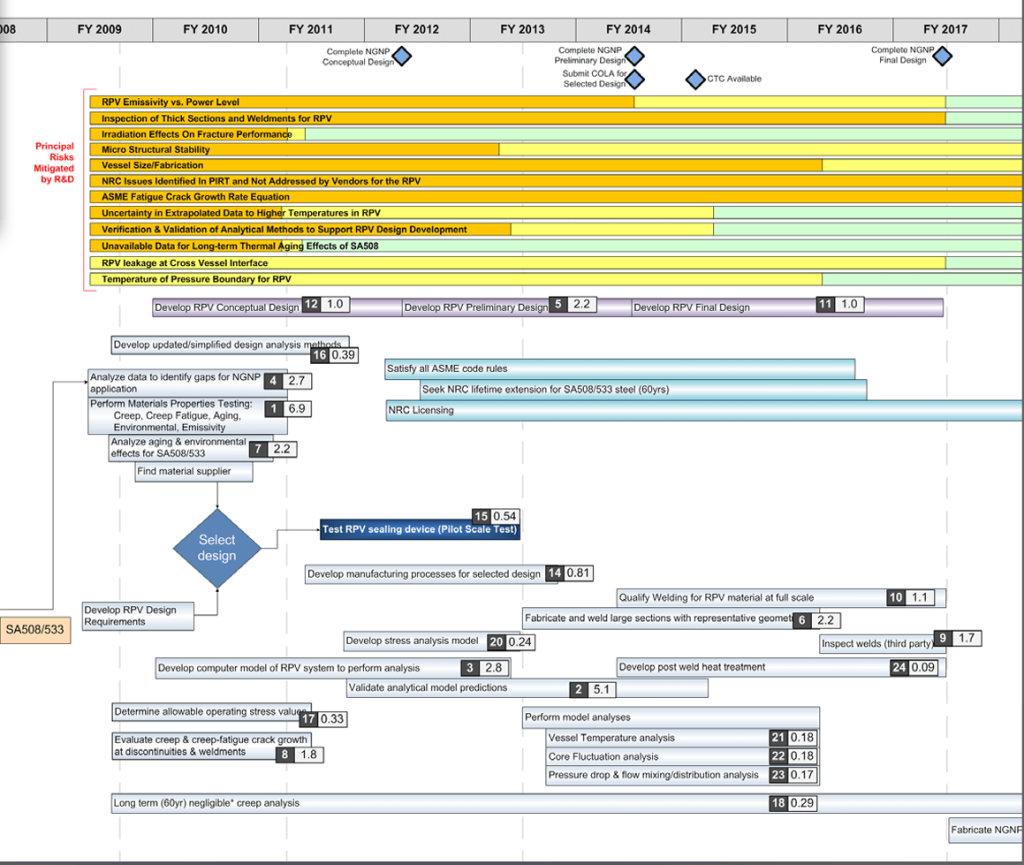
Technology Readiness Assessment

Systems Analysis & Engineering
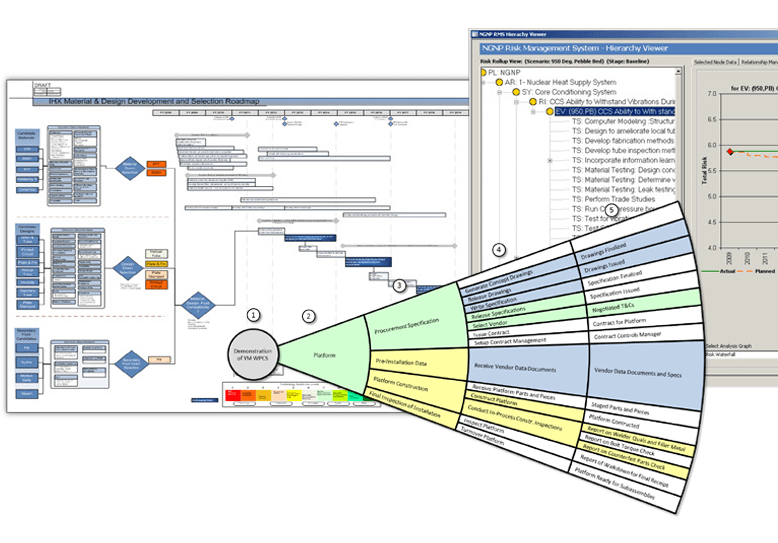
Innovative Systems Engineering

Computer-Aided Decision Support
Team & Organization

James Case
Senior Manager
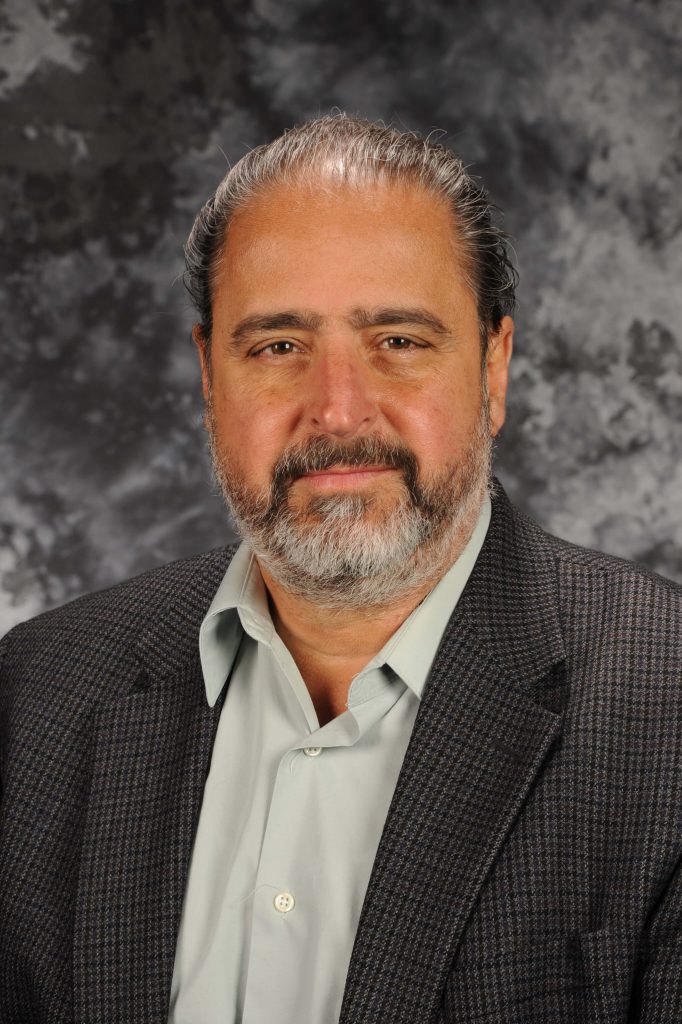
Humberto Garcia
Senior Advisor
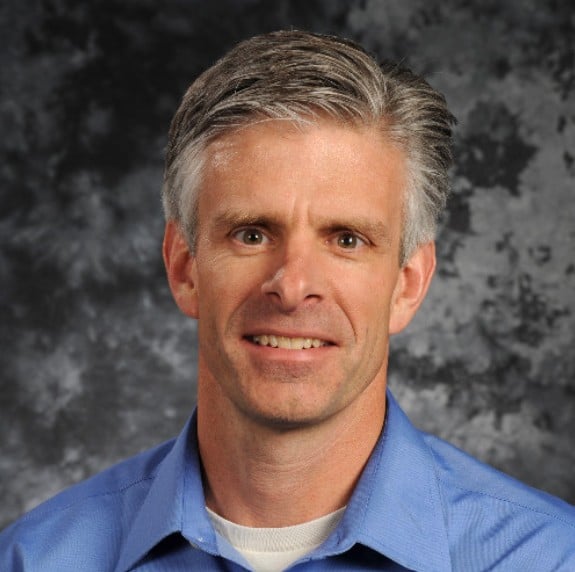
Kevin Kenney
Radioactive Source Recovery RM
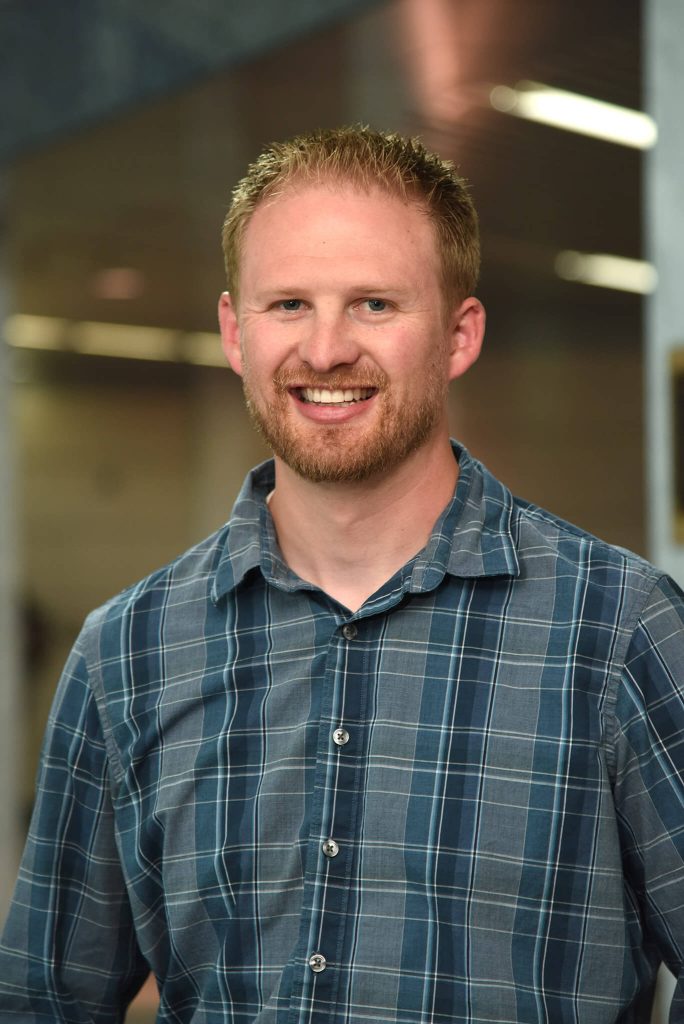
Justin Welch
IROC Operations Director

Michael Darby
Systems Engineering Team Lead
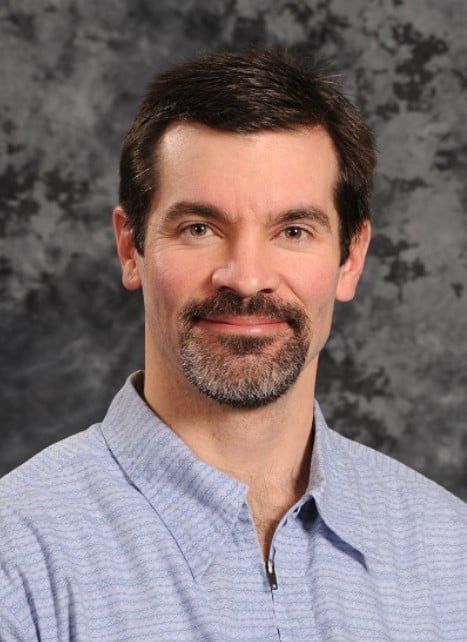
Kurt Meyers
Energy & Grid Systems Integration Team Lead

Pam Crane
Radioactive Material Disposition & Security Team Lead


